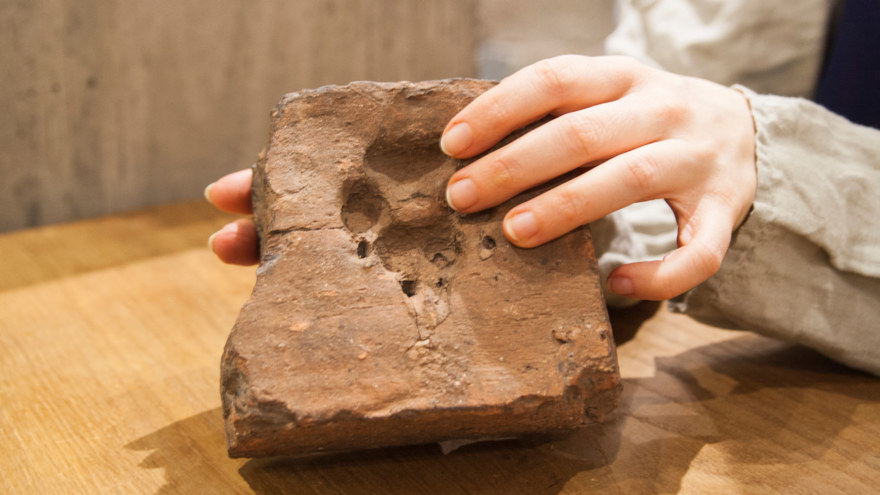Equal Culture

Bright lights, loud noises and lots of impressions. The atmosphere at museums and other cultural institutions is often so intense that children and young people with neuropsychiatric disabilities are forced to stay at home and miss out on experiences and knowledge. We want to change that with the Equal Culture project.
Cultural institutions such as libraries and museums are often very difficult places for children and young people with neuropsychiatric disabilities such as autism. Imagine going to the library with a 9-year-old who has verbal and motor tics (involuntary sounds and movements) or going on a guided tour of a museum with a 13-year-old who loses focus easily and walks off; a 6-year-old who panics at bright lights or loud or sudden sounds like a door that slams or the noise of a hand dryer in the toilet; a 15-year-old who doesn't understand that you should not stand close to an unknown person's face and start talking without first saying hello or introducing yourself.
Children with neuropsychiatric disabilities stay at home
For a family or a group of pupils who have any of these problems, visits to the library or museum are such a large challenge that they would rather stay at home than expose themselves and their children to such places, with other people's glances and comments.
Many people still believe that if you can't be calm and quiet, you shouldn't be in a museum or a library. Children and young people with neuropsychiatric disabilities meet a lot of impatience.
Persons with disabilities include those who have long-term physical, mental, intellectual or sensory impairments which in interaction with various barriers may hinder their full and effective participation in society on an equal basis with others.
From the UN Convention on the rights of persons with disabilities. The Convention was signed and ratified and entered into force on 14 January 2009.
Super senses and many impressions
The idea of the Culture for Everyone project is to develop a model for visiting museums and libraries that will work for children and young people with neuropsychiatric disabilities. This means that the physical environment, the educational approach and the treatment that visitors are given are all reviewed. A person with neuropsychiatric disabilities may experience the environment in a museum or a library to be overwhelming for their senses.
They often have senses of hearing, vision, touch and smell that work differently from other people's. "Super hearing" makes it difficult to concentrate and can even be painful. Light from fluorescent lamps, for example, can be perceived as very disturbing, and touching things can be painful. Many impressions in the form of book titles or signs with texts and images may cause confusion.
The sensory room at Lödöse museum
The information and the physical design of our society is adapted to people who function "normally". We will create a sensory room at Lödöse museum with adapted information in the form of texts, images, tactile surfaces and films. The room will be designed not to overload the senses of vision, hearing, smell and so on.
It will operate as a safe place to start a visit to the museum or library, where young people can orient themselves with the help of a map, get an overview with the help of images and "get into" the surroundings. They can also go back there to retreat from the museum/library if those places feel too difficult.
Museum objects to touch
For those who can't manage to be in the library or the museum at all without feeling bad, the sensory room will provide an interesting cultural experience. There should be copies of objects to touch, information about history and fairy tales in the form symbols and films. Visitors should be able to create small things on medieval and fairytale themes. The entrance to room will be placed so that visitors with disabilities do not need to go through the museum reception area, which is a huge challenge with its open space and fluorescent lamps.
All pupils must be able to visit us!
In the project Equal Culture we work with expert groups consisting of teachers from special schools and special teaching groups, parents and children with neuropsychiatric disabilities.
The idea for the project came up thanks to teachers and pupils at a school/home in Lödöse for young people with different types of intellectual and developmental disorders and autism.
They visit us several times a week, but some of the young people can't join in because the environment presents too many barriers. We want to change that. We want everyone to be able to share our cultural programme. We want to offer culture for everyone!
Want to know more?
If you are interested in and want to know more about our project, please contact:
Marie Jonasson Schmidt,
educator at Lödöse museum
marie.schmidt@vgregion.se